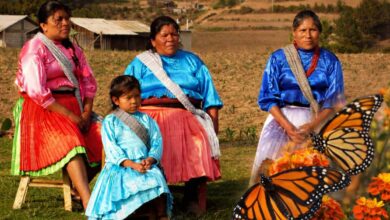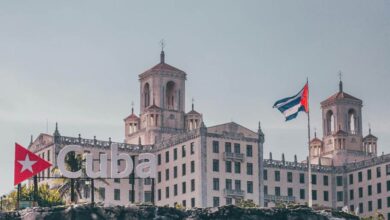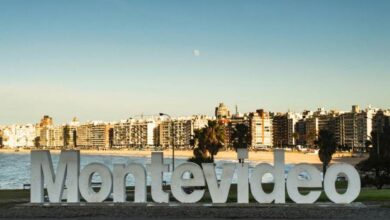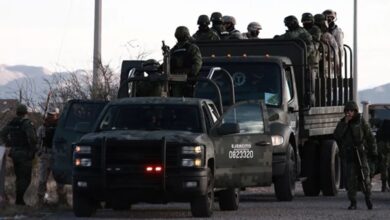Puerto Rico Sings Along as Bad Bunny Powers a Tourism Boom
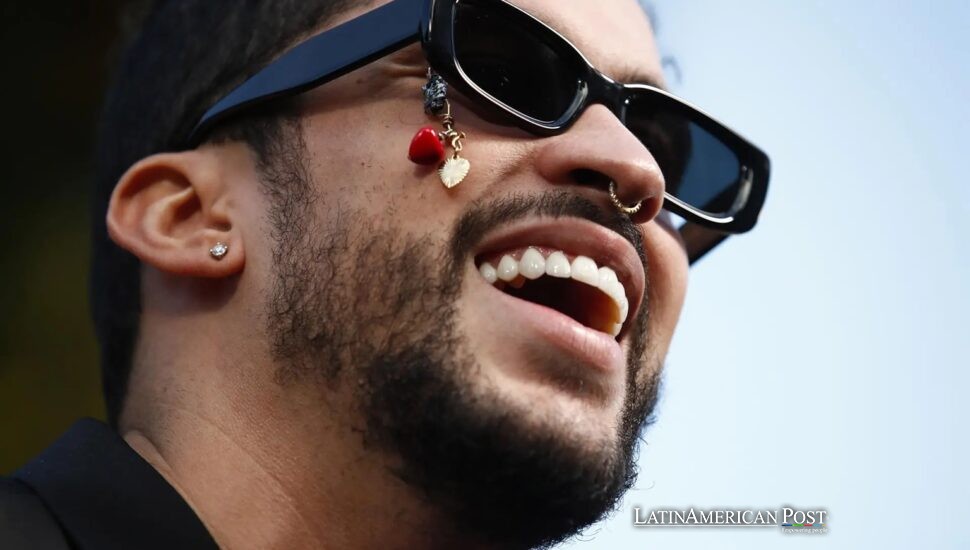
Bad Bunny’s three-month residency has turned Puerto Rico into a living mixtape of music, memory, and movement—drawing fans from around the world, transforming local businesses, and proving that one artist’s story can become a country’s tourism strategy.
From Cart Wrangler to Cultural Compass
It starts in a supermarket parking lot—specifically, the Econo in Vega Baja. There, beneath the Caribbean sun, tourists step into borrowed red polyester vests and pose where a teenage Benito Antonio Martínez Ocasio once wrangled shopping carts and sang to himself. “He liked to be out there,” said Delza Vélez, the store’s HR head, who still remembers the future Bad Bunny’s effortless charisma and early melodies. In 2016, he left behind a short note to resign. By 2018, he had dropped an album that cracked open the Latin trap sound. By 2024, he had become a cultural juggernaut—and in 2025, he returned home.
This summer, Bad Bunny’s San Juan concert residency has become more than a musical event—it’s a pilgrimage. Fans pour into Puerto Rico not just for the shows, but to walk the ground that shaped him. They visit the church where he served as an altar boy, the beach where he shot viral videos, and the high school halls he once wandered. For many, it’s a full-sensory immersion into the world behind the beats.
Twenty-three-year-old Eddie Villanueva flew from Switzerland with his father to experience what he called “the full Bad Bunny trip.” It wasn’t cheap—they spent nearly $5,000 between them—but it wasn’t just about the music. It was about honoring a journey and becoming part of it.
Hotels, Flights, and Benito Economics
Tourism authorities saw the storm coming—and braced with open arms. According to Discover Puerto Rico, nearly 35 hotels created themed “Bad Bunny packages,” pairing rooms with concert tickets and curated tours. The response? Almost 25,000 packages sold out in a single day, generating close to $200 million, the AP reported.
The travel rush hit in what’s typically a soft season. In late July, hotel bookings surged 10% compared to the same time last year. Short-term rentals jumped 42% over August 2024 and 61% over the same period in September, according to The AP. Analysts say the shows could bring in as many as 600,000 people.
Air traffic followed. Cirium, a global aviation analytics firm, reported a 7% uptick in flights from the mainland to San Juan’s Luis Muñoz Marín Airport. All of it points to what locals are calling “the Benito Effect”—a star so magnetic that his presence resets the island’s economic tempo.
But for those managing this boom, the bigger win may be philosophical. “We can argue that our beaches are the prettiest, but they’re beaches,” said Ricardo Cortés Chico of Discover Puerto Rico. “What makes us unique is the culture. No one can steal that.”
Tours That Tell a Bigger Story
That culture-first message is everywhere—in song lyrics, in curated tours, even in the coffee served to newcomers. Nonprofits have stepped in to shape the boom with intention. In San Juan, the G8 collective created a bike tour titled Debí Tirar Más Fotos—a nod to Bad Bunny’s recent album and a literal invitation to see more.
Meanwhile, Acción Valerosa teamed up with Los Pleneros de la Cresta to create the Café con Ron experience, which guides visitors through the mountains of Ciales for a hands-on education in coffee farming and plena—Puerto Rico’s traditional hand-drum music. Proceeds will help repurpose a former casino into a community space.
Even student guides are cashing in, offering Bad Bunny-themed neighborhood tours for as little as $45. Julietta Dasilva, a fan who flew in from Denver, skipped the glossy commercial options in favor of a local-led experience. “I want to do it right,” she told The AP.
In Cabo Rojo, where Bad Bunny filmed one of his music videos on a pier painted with the Puerto Rican flag, hotelier Ángel Rodríguez has seen a 7% boost in reservations. Guests now ask about the Puerto Rican crested toad—a subtle cameo in Bad Bunny’s visuals. In Vega Baja, local guide Heidy Crespo has seen demand for her tours skyrocket. “I never thought people would want to see where he worked,” she said. “But I love seeing people’s eyes shine.”
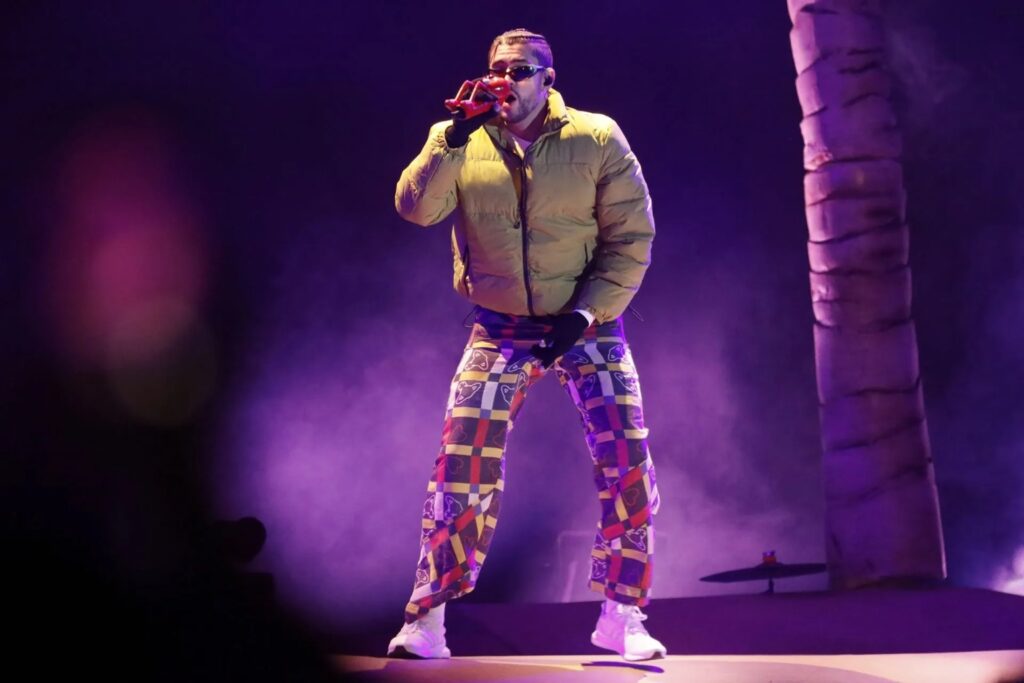
EFE@Carlos Ortega
A Residency That Sells Roots, Not Just Beats
The shows are just the gateway. The real story is how people are spending outside the stadium. At San Juan’s La Casita Blanca, one of Bad Bunny’s favorite restaurants, two-hour waits have become normal. Lines stretch outside eateries, bodegas, and souvenir shops. The island’s businesses have embraced the moment: tour operators remix his song titles into packages, boutiques design T-shirts with lyrical winks, and cocktails are renamed in tribute.
Even government and tourism officials—often targeted in Bad Bunny’s political lyrics—have found a way to embrace the energy. “People are starting to produce things strictly from Puerto Rico,” said Wilson Santiago Burgos, founder of the travel platform Mochileando, who initially expected the public sector to steer clear.
And Bad Bunny himself? Each night, he reminds fans what this is all about. “This is the homeland I love,” he tells the crowd. “Come and know it.”
For many, that means diving deeper: past the historic forts of Old San Juan, beyond the El Yunque rainforest, into the heart of towns like Ciales, Vega Baja, and Cabo Rojo. It’s a tourism circuit powered not by resorts, but by resonance—by the weight of a story, the spark of recognition, and the pride of place.
Also Read: Latin American Workers Keep Albania’s Tourism Afloat Amid a Shrinking Workforce
From the parking lot of an Econo to the roar of stadiums, Bad Bunny has helped Puerto Rico reclaim its narrative—one ticket, one selfie, one plate of arroz con gandules at a time. His residency isn’t just an economic surge; it’s an invitation. And right now, the whole island is singing along.

